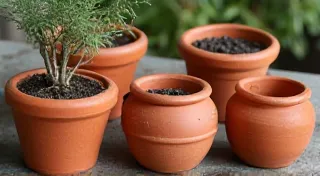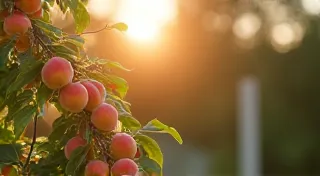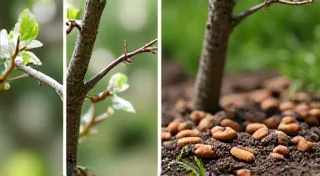The Best Dwarf Citrus Trees for Container Gardening: Lemon, Lime, Orange & More
Growing your own fresh citrus is a dream for many gardeners, but limited space often makes it seem impossible. Fortunately, dwarf citrus trees thrive in containers, bringing the taste of sunshine to even the smallest patios, balconies, or indoor spaces. This guide explores the best dwarf citrus varieties for container gardening, offering insights into their characteristics and care requirements. Before you even consider which variety to choose, it's helpful to understand the broader world of dwarf fruit trees and how to select the right one for your space.
Why Choose Dwarf Citrus for Containers?
Dwarf citrus trees are essentially smaller versions of their full-sized counterparts, bred to remain compact and manageable. Their smaller size makes them perfectly suited for container gardening. They offer several advantages:
- Space-saving: Ideal for apartments, patios, and small yards.
- Portability: Easily moved to follow sunlight or protect from harsh weather.
- Manageable Size: Easier to prune and care for compared to larger trees.
- Fresh Citrus at Your Doorstep: Enjoy the taste of homegrown lemons, limes, oranges, and more.
Top Dwarf Citrus Varieties for Container Gardening
Meyer Lemon Tree
The Meyer Lemon is arguably the most popular dwarf citrus for containers. It's a hybrid, known for its sweeter, less acidic flavor compared to traditional lemons. They are generally easier to grow and produce a prolific harvest. Meyer lemons are also exceptionally fragrant when in bloom. Selecting the right lemon variety can be surprisingly nuanced; exploring choosing dwarf fruit tree varieties is a great starting point.

Key Lime (Mexican Lime)
True Key limes, also known as Mexican limes, offer a more intense, tart flavor than Meyer lemons. They are a bit more demanding in terms of care, requiring slightly warmer temperatures and consistent moisture. Dwarf varieties are readily available, making them suitable for containers. It’s important to remember that, like many fruit trees, success depends on more than just the variety; understanding companion planting is also key to a thriving mini-orchard.
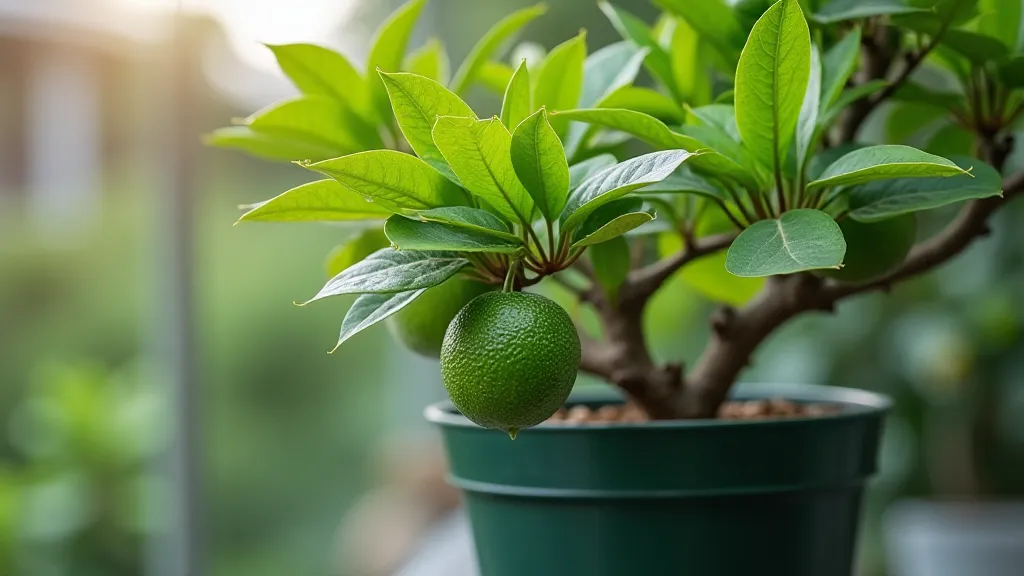
Dwarf Orange Trees
Several dwarf orange varieties are well-suited for container gardening, including the 'Clementine' and 'Valencia' dwarf oranges. 'Clementine' oranges are known for their easy-peeling skin and sweet, juicy flesh. 'Valencia' oranges are prized for their juice content. While these are popular choices, sometimes you might want something truly unique. The world of miniature fruit trees is full of fascinating options beyond the standard varieties.

Kumquats
Kumquats are unique citrus fruits that can be eaten whole, peel and all! Their sweet and tangy flavor adds a delightful twist to dishes and drinks. Dwarf kumquat varieties remain small and manageable in containers. Managing a small citrus orchard can be remarkably satisfying, but it does require careful attention to detail, especially when considering what plants would thrive nearby. Careful selection of companion plants can contribute to a healthier and more productive mini-citrus garden.
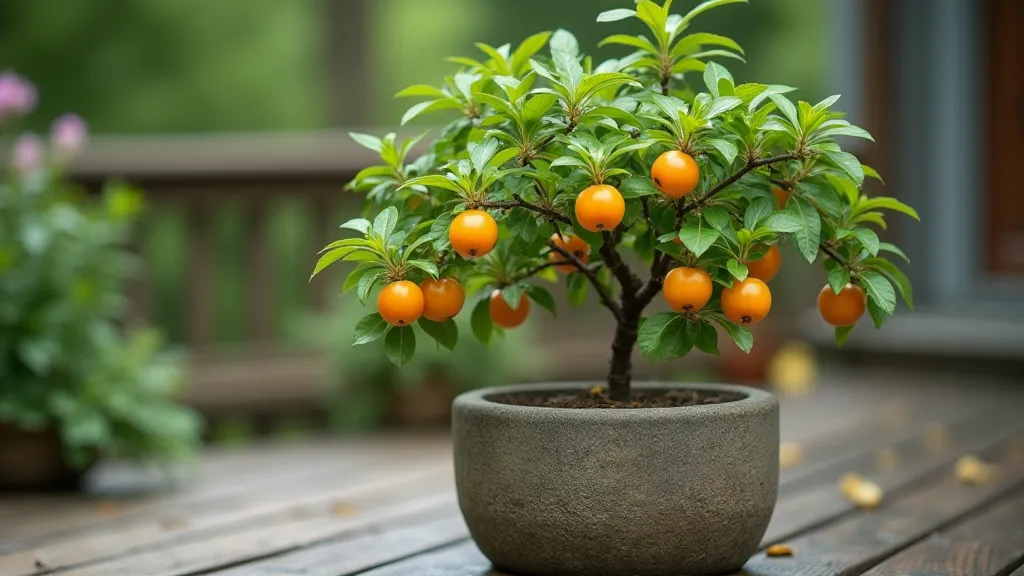
'Improved' Mandarin Orange
This variety is a popular choice because it offers the sweetness of a mandarin orange with the compact size that works well in containers. It is easy to peel, and offers great flavor. Successfully navigating the nuances of dwarf citrus care, including optimal planting times, watering schedules, and pruning techniques, takes practice and a little research.
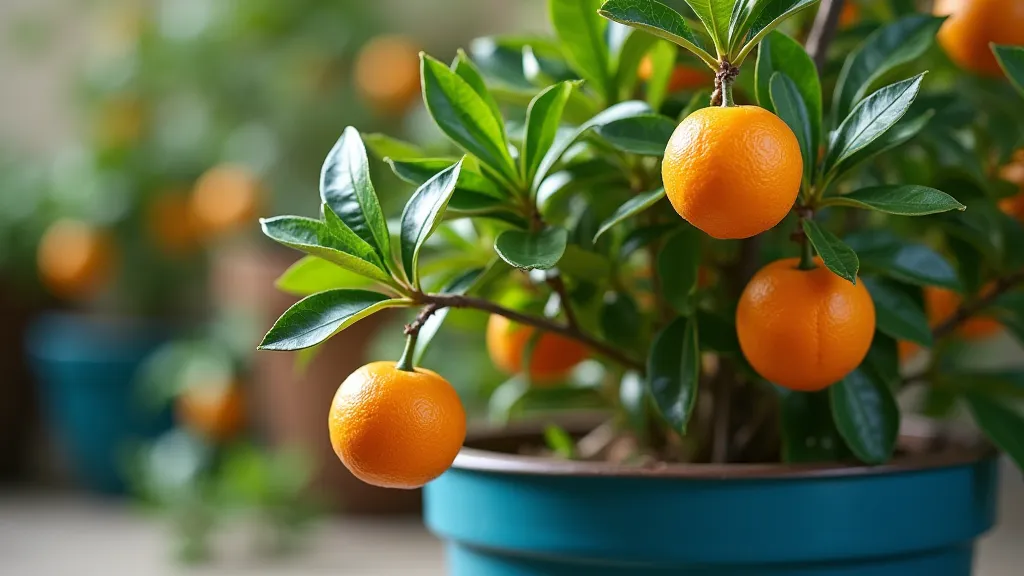
Caring for Your Dwarf Citrus in Containers
Potting Mix
Use a well-draining potting mix specifically formulated for citrus trees. A mixture of potting soil, perlite, and compost works well. The quality of your potting mix will significantly influence the health of your citrus tree; a good mix provides essential nutrients and aeration.
Sunlight
Citrus trees thrive in full sun – at least 6-8 hours of direct sunlight daily. If growing indoors, place them near a south-facing window or supplement with grow lights. Remember that light intensity can vary significantly based on your location and the time of year; adjusting your tree’s position or using supplemental lighting is often necessary to provide optimal growing conditions.
Watering
Water thoroughly when the top inch of soil feels dry to the touch. Ensure the pot has drainage holes to prevent root rot. Consistent watering is vital, but overwatering can be just as detrimental. Monitoring soil moisture levels regularly will help you avoid these common pitfalls.
Fertilizing
Feed your citrus trees regularly during the growing season (spring and summer) with a citrus-specific fertilizer, following the package instructions. Proper fertilization provides essential nutrients for healthy growth and fruit production. Look for fertilizers specifically formulated for citrus, as they contain the right balance of nutrients.
Pruning
Prune your citrus trees to maintain their shape and size. Remove any dead or crossing branches. Pruning not only shapes your tree but also encourages new growth and fruit production. Timing is important; avoid pruning during the tree’s active growth period.
Overwintering (in colder climates)
In colder climates, protect your citrus trees from frost. Move them indoors or provide insulation to prevent damage. Successful overwintering requires careful planning and preparation. Different regions have different frost risks, and it's crucial to tailor your overwintering strategy accordingly; consider looking at a regional guide to overwintering for more specific advice.
Beyond the basic care tips outlined above, there's a wealth of knowledge to be gained by fellow citrus enthusiasts. Joining online forums or attending local gardening workshops can provide valuable insights and personalized advice. With proper care and attention, you can enjoy the delights of fresh citrus fruits right from your container garden. Happy growing!

